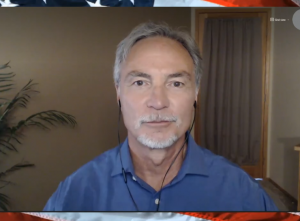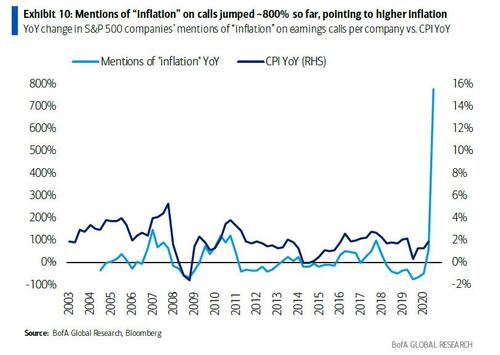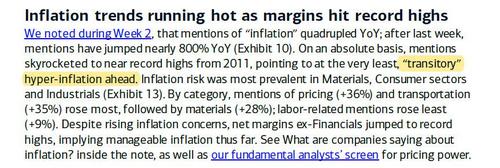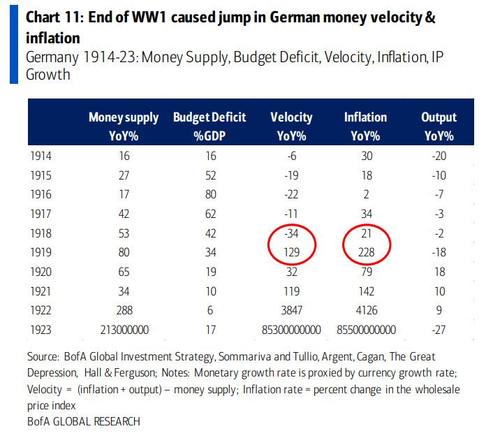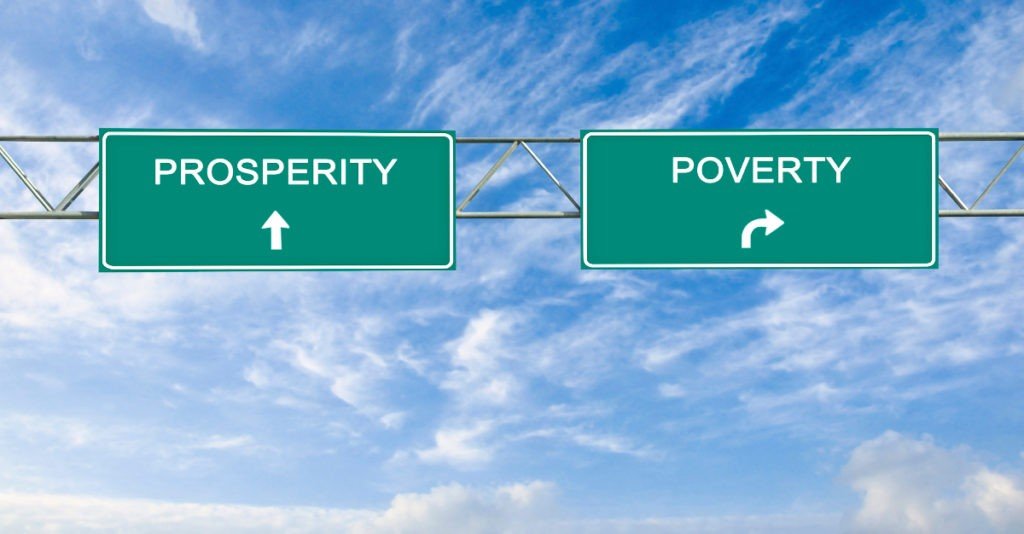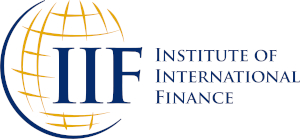At the end of major economic cycles, shortages develop in all areas of the economy. And this is what the world is experiencing today on a global basis. There is a general lack of labour, whether it is restaurant staff, truck drivers or medical personnel.
There are also shortages of raw materials, lithium (electric car batteries), semi-conductors, food, a great deal of consumer products, cardboard boxes, energy and etc, etc. The list is endless.
SHORTAGES EVERYWHERE
Everything is of course blamed on Covid but most of these shortages are due to structural problems. We have today a global system which cannot cope with the tiniest imbalances in the supply chain.
Just one small component missing could change history as the nursery rhyme below explains:
For want of a nail, the shoe was lost.
For want of a shoe, the horse was lost.
For want of a horse, the rider was lost.
For want of a rider, the battle was lost.
For want of a battle, the kingdom was lost.
And all for the want of a horseshoe nail.

The world is not just vulnerable to shortages of goods and services.
BOMBSHELLS
Bombshells could appear from anywhere. Let’s just list a few like:
- Dollar collapse (and other currencies)
- Stock market crash
- Debt defaults, bond collapse (e.g. Evergrande)
- Liquidity crisis (if money printing stops or has no effect)
- Inflation leading to hyperinflation
There is a high likelihood that not just one of the above will happen in the next few years but all of them.
Because this is how empires and economic bubbles end.
The Roman Empire needed 500,000 troops to control its vast empire.

Emperor Septimius Severus (200 AD) advised his sons to “Enrich the troops with gold but no one else”.
…click on the above link to read the rest of the article…



